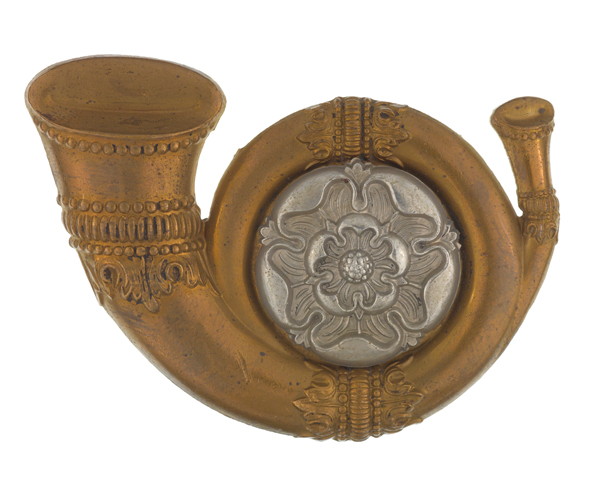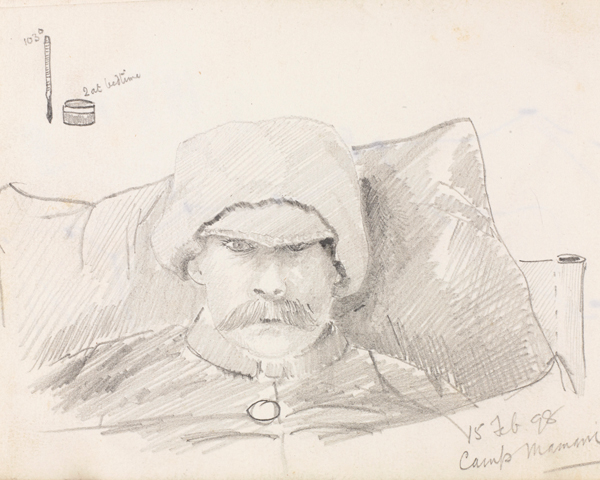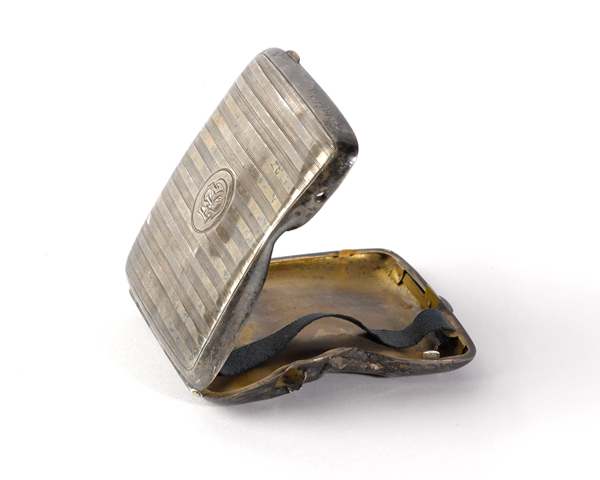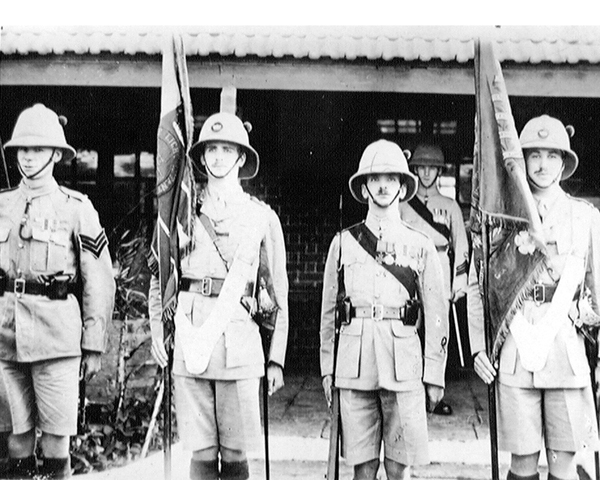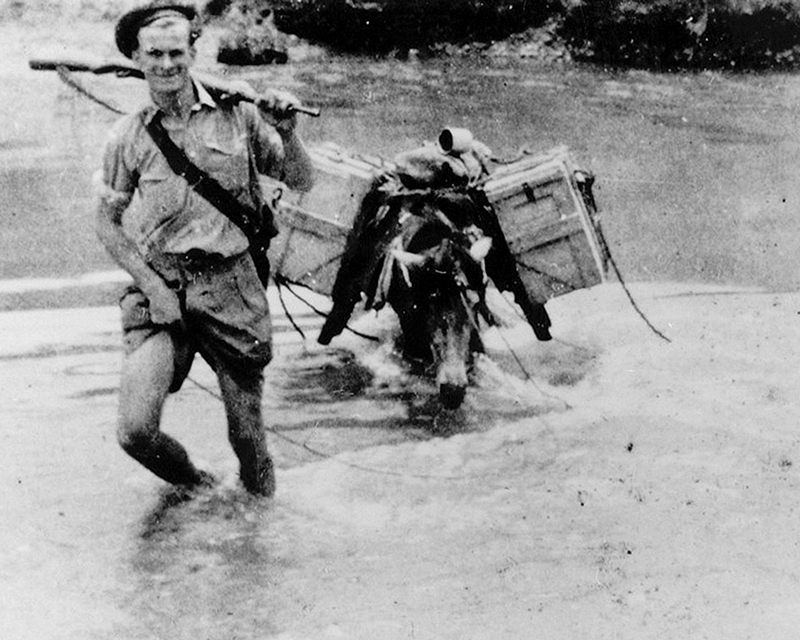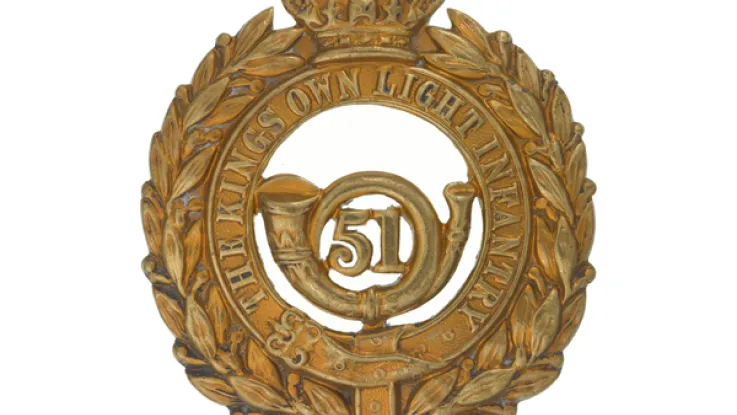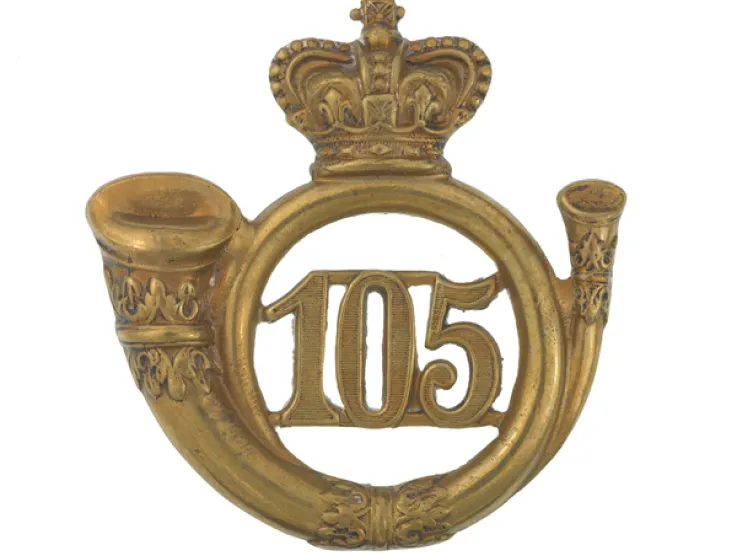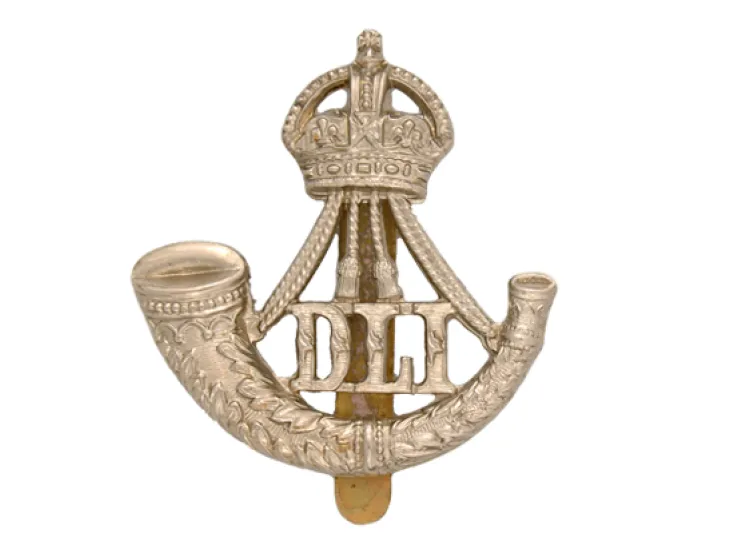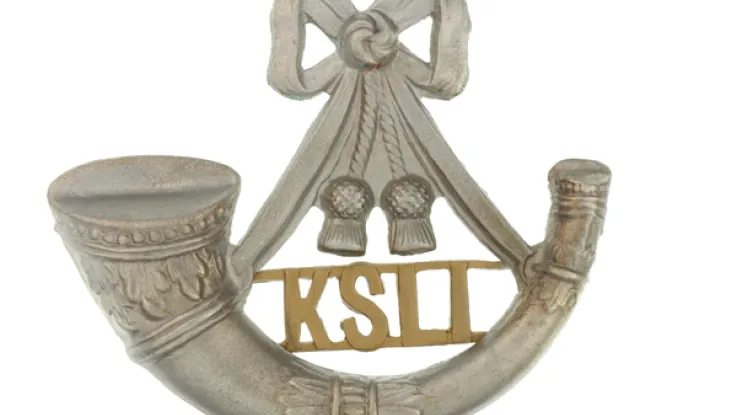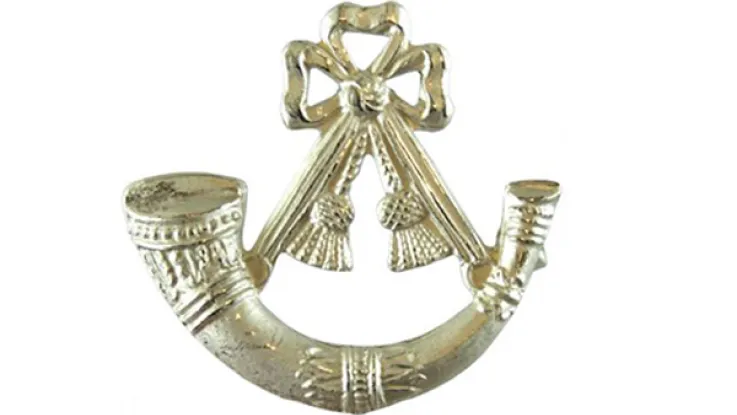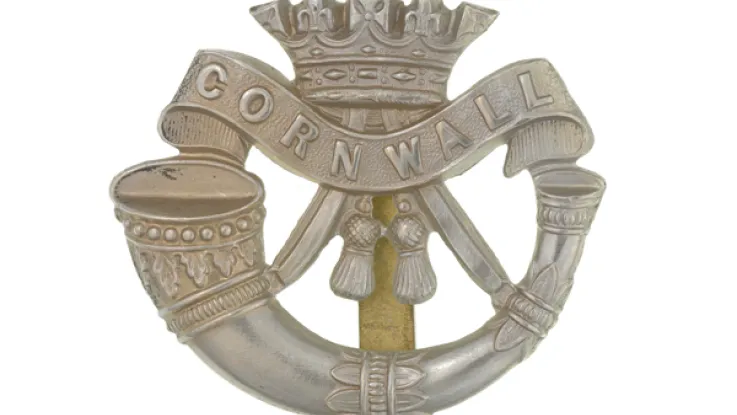Origins
Originally named The King's Own Light Infantry (South Yorkshire Regiment), this unit was formed by merging the 51st (2nd Yorkshire West Riding) Regiment and the 105th Regiment (Madras Light Infantry). It was made the county regiment for the West Riding of Yorkshire.
The 51st became the new regiment's 1st Battalion. After service in India, it moved to the Third Burma War (1885-87) in 1886. Apart from sending a detachment to the Fourth Ashanti War (1895-96) in 1895, it then remained in the British Isles until 1905.
Meanwhile, the 105th had become the new unit's 2nd Battalion. It undertook garrison duties in Ireland, India and Malta in the 1880s and 1890s.
South Africa
2nd Battalion deployed to the Boer War (1899-1902) and fought at Modder River (1899) and Magersfontein (1899), before joining the anti-guerrilla operations in the Orange Free State and Transvaal. It then garrisoned Malta and Crete, before returning home in 1905.
1st Battalion moved to Gibraltar in 1905, followed by South Africa in 1906, Hong Kong in 1910 and Singapore in 1913.
First World War
2nd Battalion deployed straight to France in August 1914, remaining on the Western Front for the duration of the First World War (1914-18).
1st Battalion arrived there in January 1915. It spent 10 months in that theatre, before deploying to Salonika. It then returned to the Western Front in July 1918.
The regiment also raised 18 Reserve, Territorial and New Army battalions during the conflict. These served at home stations, in France and Flanders, and in Egypt.
Inter-war
In 1919, 2nd Battalion served during the Irish War of Independence (1919-21), while 1st Battalion deployed to Iraq for two years. In 1922, 2nd Battalion returned to India, this time for 14 years, before moving to Burma in 1936.
1st Battalion joined the Army of Occupation in Germany from 1922 to 1923. Although it was on home service for much of the inter-war years, it spent three years in Gibraltar from 1935.
Second World War
In October 1939, 1st Battalion joined the British Expeditionary Force in France, before accompanying the ill-fated British force sent to Norway in April 1940. The conflict also took it to India, Iraq and Persia (now Iran) in 1942, and Palestine, Egypt and Syria in 1943. In July 1943, it landed on Sicily and then fought in Italy (1943-44), before a final move to North-West Europe in March 1945.
Meanwhile, 2nd Battalion fought in Burma in 1941-42, before retreating to India. It remained there until the country gained its independence in 1947.
The regiment also raised seven Territorial and Service battalions during the war. Several of these were anti-aircraft units. The 1/4th Battalion landed in Normandy in 1944, while 7th Battalion was converted into an armoured formation.
Post-war
Like all British infantry regiments, it became a single-battalion unit in 1948. It served in Malaya during the Emergency (1948-60) from 1947 until 1951. It then joined the occupation forces in West Germany and West Berlin.
It was sent to Kenya in 1954, Aden in 1955, and Cyprus in 1956 during the EOKA conflict (1954-59). It returned to Germany in 1958, Malaya in 1962 and deployed to Borneo for four months in early 1964 during the Indonesian Confrontation (1963-66).
Legacy
In June 1967, the regiment moved back to West Berlin. The following year, it merged with The Somerset and Cornwall Light Infantry, The King’s Shropshire Light Infantry and The Durham Light Infantry to form The Light Infantry.
Regimental museums
The National Army Museum works with a network of Regimental and Corps Museums across the UK to help preserve and share the history and traditions of the Army and its soldiers.
Discover more about The King’s Own Yorkshire Light Infantry by visitingThe King’s Own Yorkshire Light Infantry Museum in Doncaster.


